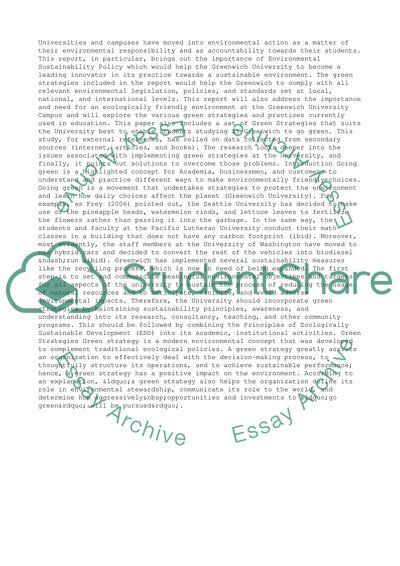Cite this document
(An Examination of Stakeholders and the Opportunities They Present Case Study, n.d.)
An Examination of Stakeholders and the Opportunities They Present Case Study. Retrieved from https://studentshare.org/management/1440556-the-universities-can-go-as-ypgreeny-ecologically
An Examination of Stakeholders and the Opportunities They Present Case Study. Retrieved from https://studentshare.org/management/1440556-the-universities-can-go-as-ypgreeny-ecologically
(An Examination of Stakeholders and the Opportunities They Present Case Study)
An Examination of Stakeholders and the Opportunities They Present Case Study. https://studentshare.org/management/1440556-the-universities-can-go-as-ypgreeny-ecologically.
An Examination of Stakeholders and the Opportunities They Present Case Study. https://studentshare.org/management/1440556-the-universities-can-go-as-ypgreeny-ecologically.
“An Examination of Stakeholders and the Opportunities They Present Case Study”, n.d. https://studentshare.org/management/1440556-the-universities-can-go-as-ypgreeny-ecologically.


